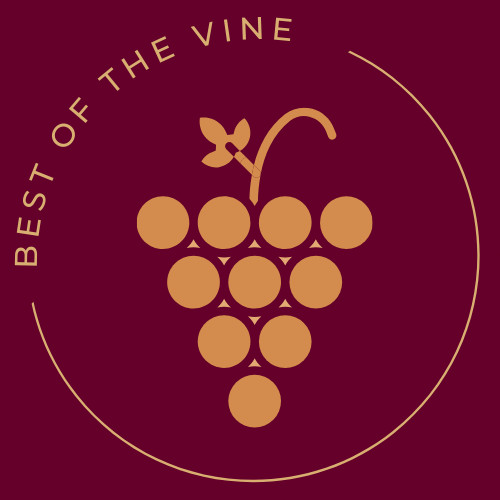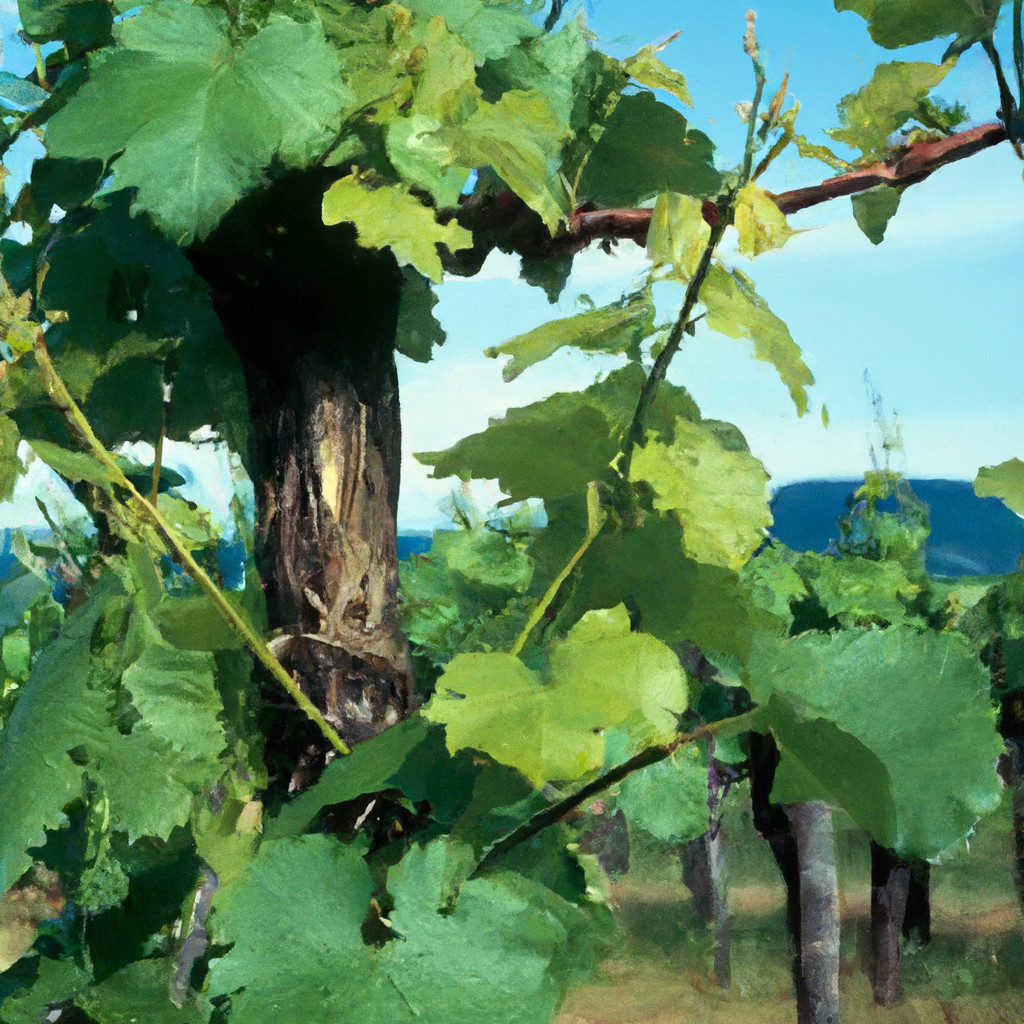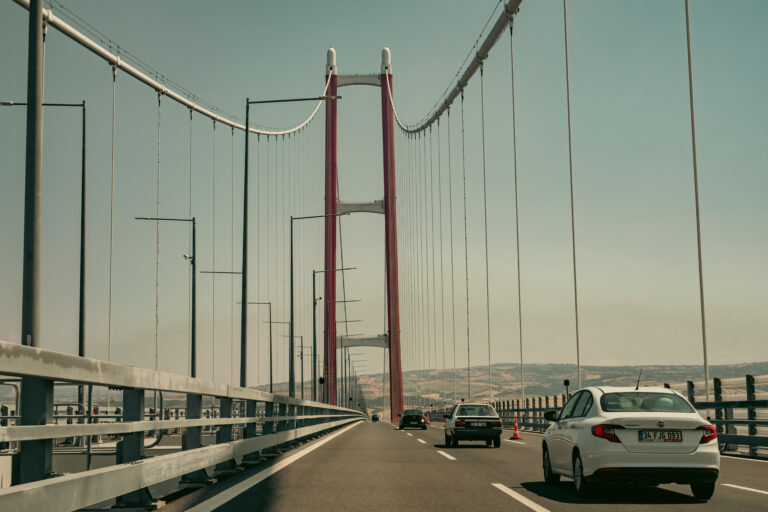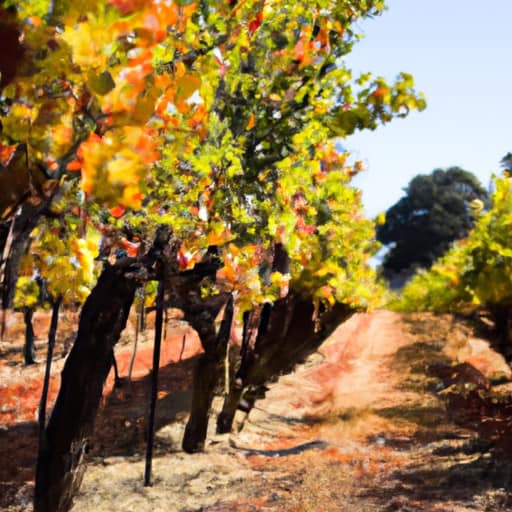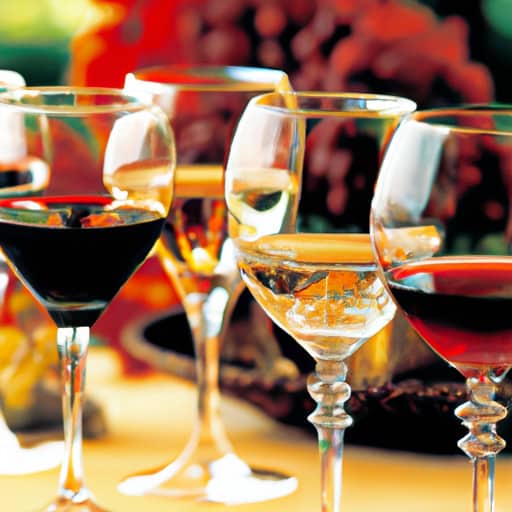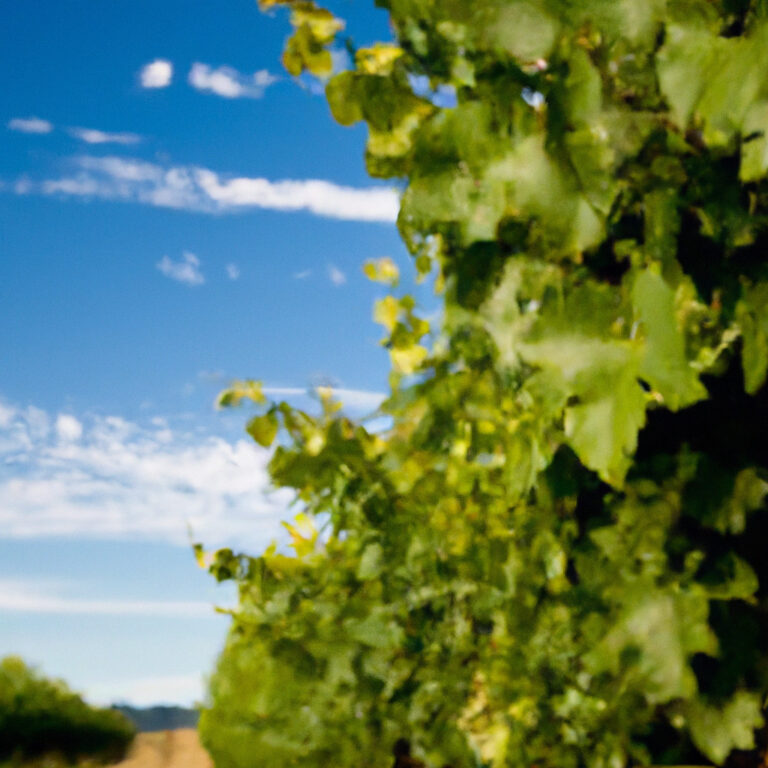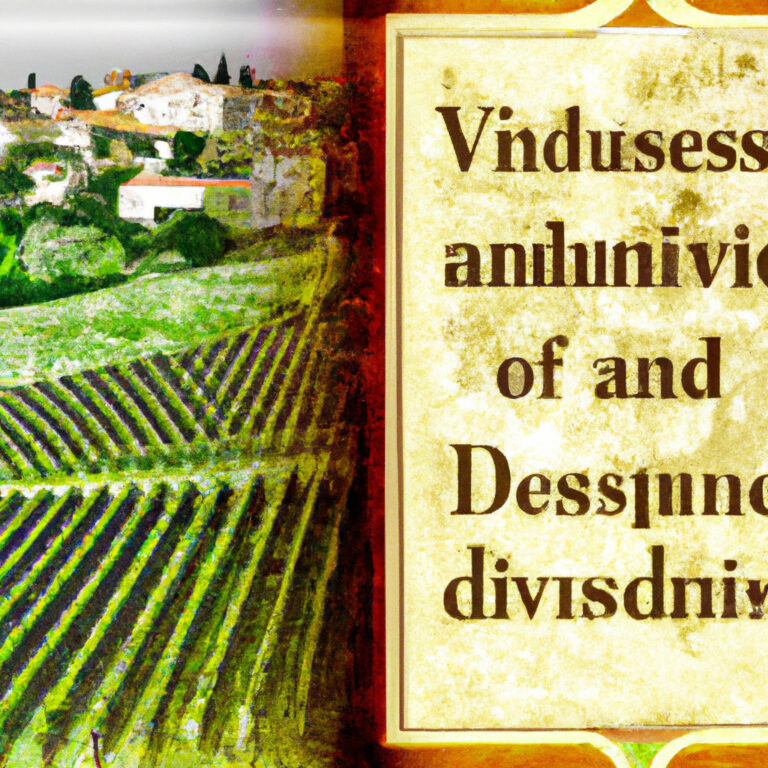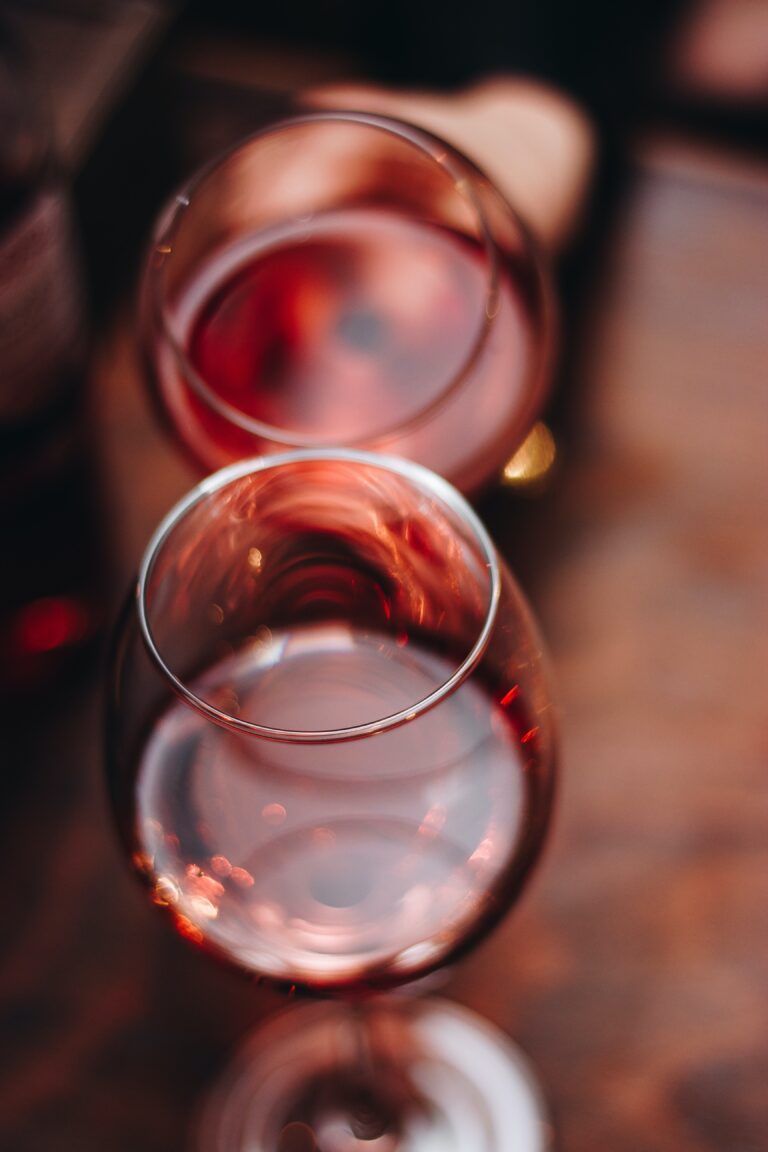Discovering Washington Wine Regions
Have you ever wondered about the hidden gems of Washington wine regions? Prepare to be amazed as you journey through this flourishing wine destination’s diverse landscapes and delightful vineyards. From the lush valleys of Walla Walla to the scenic hills of Yakima Valley, you’ll discover the rich history, passionate winemakers, and exquisite wines that define the essence of Washington’s wine regions. So grab a glass, sit, and get ready to uncover the captivating world of Washington’s wine regions.
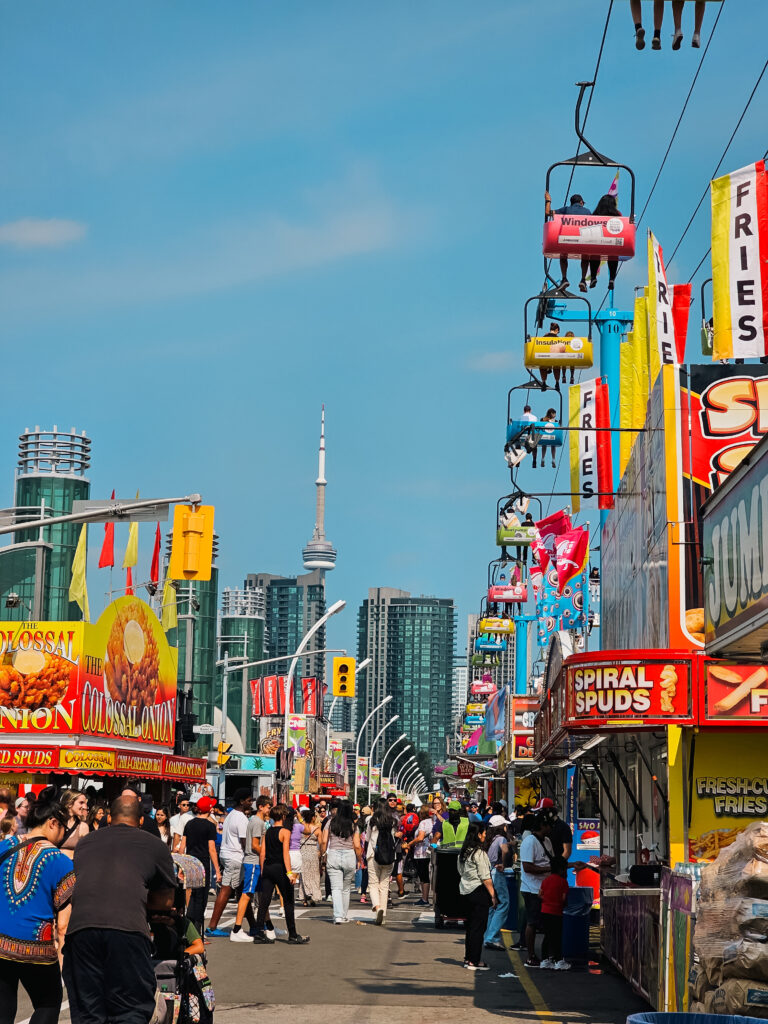
Overview of Washington Wine Production
Washington State has emerged as one of the top wine-producing regions in the United States, known for its premium quality wines and diverse varietals. With its unique geography, favorable climate, and dedication to sustainable winemaking practices, Washington has fostered a thriving wine industry. This comprehensive article aims to provide an in-depth exploration of Washington’s wine production, its history, major wine regions, the AVA system, popular varietals, notable wineries, wine tourism, sustainable winemaking practices, challenges, and opportunities, as well as the future of the state’s wine regions.
What are the Washington Wine Regions?
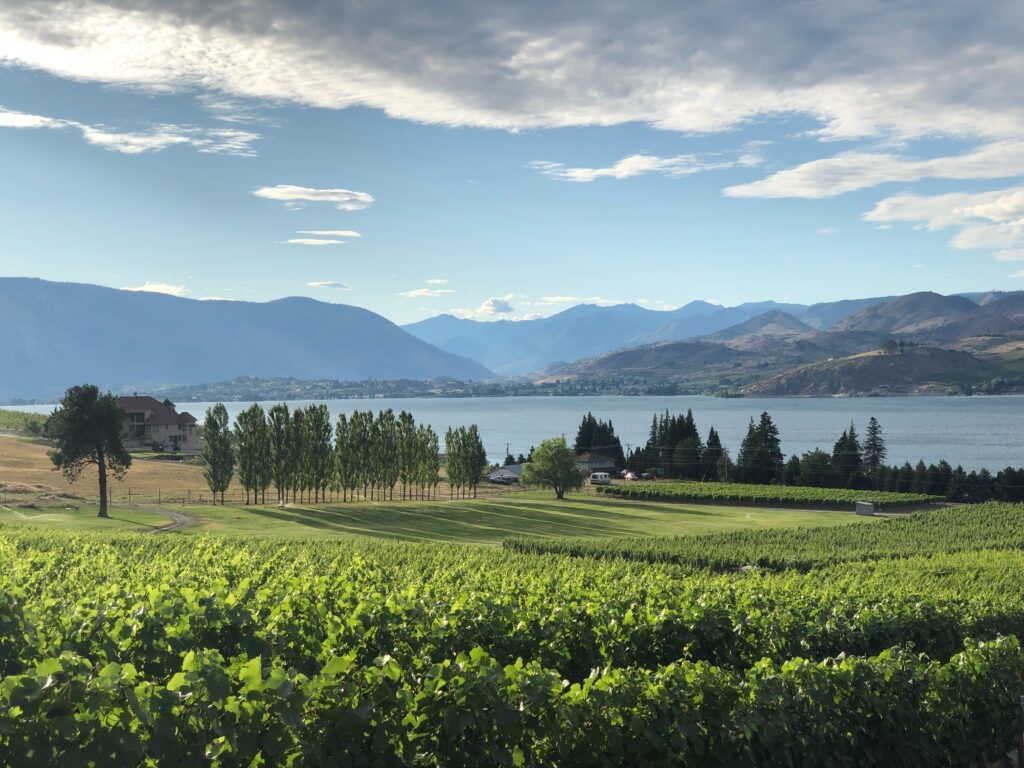
Washington is home to several major wine regions, each with its own distinct characteristics and contributions to the state’s wine industry. These regions include:
Columbia Valley
The Columbia Valley is the largest and most renowned wine region in Washington. Located in the eastern part of the state, it spans over 11 million acres and is known for its diverse range of microclimates. The Columbia Valley is particularly famous for producing bold and robust reds, such as Cabernet Sauvignon and Merlot, and crisp and aromatic white wines like Chardonnay and Riesling.
Walla Walla Valley
Nestled in southeastern Washington, the Walla Walla Valley has gained recognition for its premium quality wines. This region, known for its unique cobblestone soils, primarily produces Bordeaux varietals, including Cabernet Sauvignon, Merlot, and Malbec. The Walla Walla Valley has become a destination for wine enthusiasts, boasting picturesque vineyards, charming wineries, and world-class tasting rooms.
Yakima Valley
The Yakima Valley, located in central Washington, is the state’s oldest and most diverse wine region. Its fertile soils, abundant water supply, and diverse microclimates make it an ideal region for grape cultivation. The Yakima Valley is known for producing a wide range of varietals, including Cabernet Sauvignon, Syrah, Chardonnay, and Riesling. This region is also home to many family-owned wineries producing exceptional wines for generations.
Horse Heaven Hills
Situated along the Columbia River, the Horse Heaven Hills wine region is known for its desert-like conditions, with hot days and cool nights. This unique climate, combined with the well-draining soils, allows for the production of high-quality grapes. Horse Heaven Hills is particularly famous for its Bordeaux varietals, such as Cabernet Sauvignon and Merlot, which thrive in this arid environment.
History of Washington Wineries
The history of winemaking in Washington dates back to the mid-19th century when European immigrants recognized the potential of the region’s fertile soil and favorable climate for cultivating grapes. However, it was not until the 1960s and 1970s that Washington’s wine industry truly began to flourish. Visionary winemakers from California saw the untapped potential in the state and established wineries, paving the way for the modern era of Washington wine production. Today, the state boasts over 1,000 wineries, each with its own unique story and winemaking techniques.
Current Status of Washington Wine Industry
The current status of the Washington wine industry is nothing short of remarkable. The state consistently ranks among the top wine producers in the United States, second only to California. With its diverse range of microclimates and growing conditions, Washington can produce a wide variety of grape varietals, from robust reds to fragrant whites. Moreover, the quality of Washington wines has gained international recognition, attracting connoisseurs and casual wine enthusiasts. The industry continues to expand, driven by innovation, passion, and a commitment to excellence.
Geography and Climate of Washington Wine Regions
Physical Geography and Its Impact on Vineyards
The physical geography of Washington’s wine regions plays a crucial role in the success of its vineyards. The state is characterized by diverse topography, including rolling hills, majestic mountains, and river valleys. This unique landscape creates distinct microclimates within the wine regions, allowing winemakers to grow a wide range of grape varietals. The soils in Washington are also highly varied, ranging from the volcanic and basalt-based soils in the east to the sandy soils near the coast. These soil variations contribute to the distinctive flavors and characteristics of Washington wines.
Climate Specifics for Wine Growing
Washington’s climate is characterized by its continental nature, with hot and dry summers and cold winters. This climate is well-suited for grape cultivation, as the warm summers provide ample sunshine for ripening the grapes, while the cool nights help to retain acidity and preserve the flavors of the fruit. Additionally, the low humidity and minimal rainfall during the growing season reduce the risk of fungal diseases, making Washington an ideal environment for organic and sustainable winemaking practices.
Unique Weather Phenomenons in Washington
Washington experiences unique weather phenomena that significantly impact its wine regions. One such phenomenon is the Cascade Effect, created by the Cascade Mountains. This effect causes a rain shadow effect, with the western side of the mountains receiving more rainfall while the eastern side experiences arid conditions. This phenomenon plays a crucial role in defining the distinctive terroir of Washington wines.
Understanding the AVA System in Washington
Definition of an AVA
AVA stands for American Viticultural Area and refers to a designated wine-grape-growing region recognized by the United States Alcohol and Tobacco Tax and Trade Bureau (TTB). AVAs are defined by specific geographic boundaries and are distinguished by unique topography, climate, soil, and other factors that impact the grapes’ characteristics. Washington has several AVAs that showcase the diversity and complexity of its wine regions.
Importance of AVAs for Winemakers and Consumers
AVA designation plays a vital role for both winemakers and consumers. For winemakers, AVAs provide a framework for understanding the specific qualities and characteristics of grapes grown within a particular region. This knowledge allows winemakers to craft wines that express the AVA’s unique terroir, enhancing the wine’s overall quality and authenticity. AVAs serve as a guide for consumers, allowing them to make informed decisions about the wines they purchase based on their preferred flavor profiles and regional preferences.
How an Area Becomes an AVA in Washington
To become an AVA in Washington, an area must demonstrate that it possesses unique geographic and climatic features that set it apart from surrounding regions. Winemakers and industry professionals submit comprehensive petitions to the TTB, providing scientific data, historical context, and evidence of the area’s distinctiveness. Once approved, the AVA designation grants winemakers the ability to label their wines with the AVA name, providing transparency and credibility to consumers.
Popular Wine Varietals in Washington
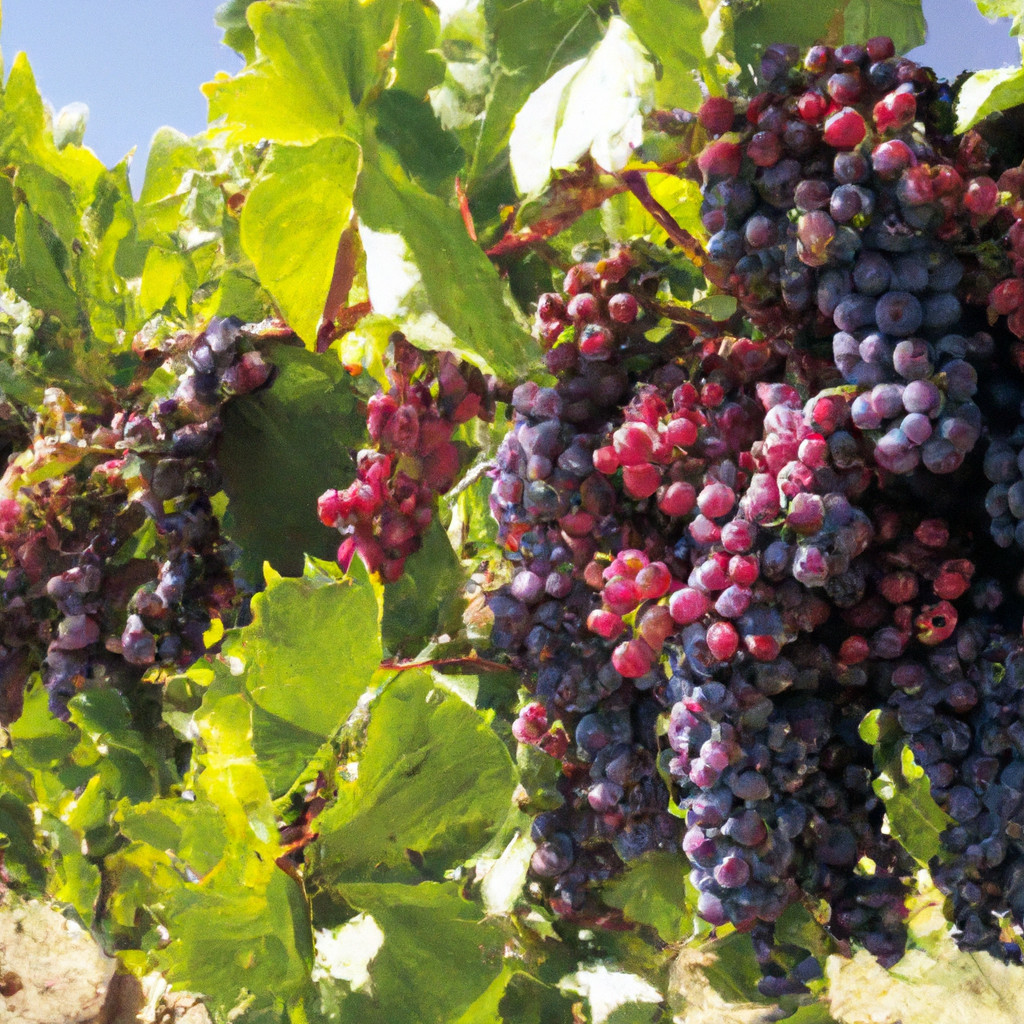
Washington’s wine regions are renowned for producing a wide variety of grape varietals, each showcasing the unique characteristics of the state’s terroir. Here are some popular varietals that thrive in Washington:
Red Varietals
- Cabernet Sauvignon: Known for its rich flavors, dark fruit profiles, and structured tannins, Cabernet Sauvignon is one of the most planted red varietals in Washington. The warm climate and diverse soil types contribute to the complexity and depth of the wine.
- Merlot: Washington’s Merlots are often praised for their velvety texture, ripe fruit flavors, and approachability. The state’s cooler nights help to preserve acidity and balance the wine’s fruitiness.
- Syrah: Syrah thrives in Washington’s arid climate, resulting in wines with intense aromas of blackberries, black pepper, and smoked meats. The balance between ripeness and acidity makes Washington Syrahs highly sought after.
White Varietals
- Chardonnay: Washington’s Chardonnays are known for their vibrant flavors, balanced acidity, and distinct terroir-driven characteristics. Whether unoaked or aged in oak barrels, Washington Chardonnays showcase a range of flavors from crisp green apple to tropical fruits.
- Riesling: With its cool climate and long growing season, Washington produces exceptional Rieslings. These wines exhibit jasmine, apricot, and lime aromas with a balanced acidity that lends itself well to a wide range of food pairings.
- Sauvignon Blanc: Washington’s Sauvignon Blancs are characterized by their bright citrus flavors, herbaceous notes, and lively acidity. The state’s warm days and cool nights produce wines with excellent flavor development and vibrant freshness.
Emerging Varietals
In addition to the more well-known varietals, Washington is also seeing an emergence of lesser-known grape varietals. These include Mourvèdre, Grenache, Tempranillo, and Viognier, among others. These emerging varietals showcase the state’s experimentation and commitment to exploring new frontiers in winemaking.
Notable Wineries in Washington
Historic Wineries
Washington is home to several historic wineries that have been instrumental in shaping the state’s wine industry. One such winery is Chateau Ste. Michelle, founded in 1934, played a significant role in introducing European winemaking techniques to Washington. Another notable winery is Woodward Canyon Winery, established in 1981, known for its exceptional Bordeaux varietals and dedication to sustainable practices. These historic wineries continue to be pillars of the Washington wine industry, producing wines of exemplary quality and craftsmanship.
Award-Winning Wineries
Washington wineries have garnered acclaim and recognition on both national and international stages. Quilceda Creek Vintners, renowned for its powerful and age-worthy Cabernet Sauvignons, has consistently received top ratings and accolades from leading wine critics. Cayuse Vineyards, focusing on Rhône varietals, has also gained a cult-like following for its unique and expressive wines. These award-winning wineries exemplify the exceptional craftsmanship and attention to detail that Washington wineries embrace.
Boutique and Small Batch Wineries
In addition to the larger, more established wineries, Washington is also home to a vibrant and flourishing boutique and small-batch winery scene. These wineries, often family-owned and operated, prioritize quality over quantity, producing limited quantities of handcrafted wines. Examples of such wineries include Avennia Winery, known for its elegant and age-worthy red blends, and Gramercy Cellars, recognized for its Old World-inspired wines that reflect the unique terroir of Washington. Exploring the offerings of these boutique wineries provides an opportunity to discover hidden gems and experience the passion that drives the artisans behind them.
Wine Tourism in Washington
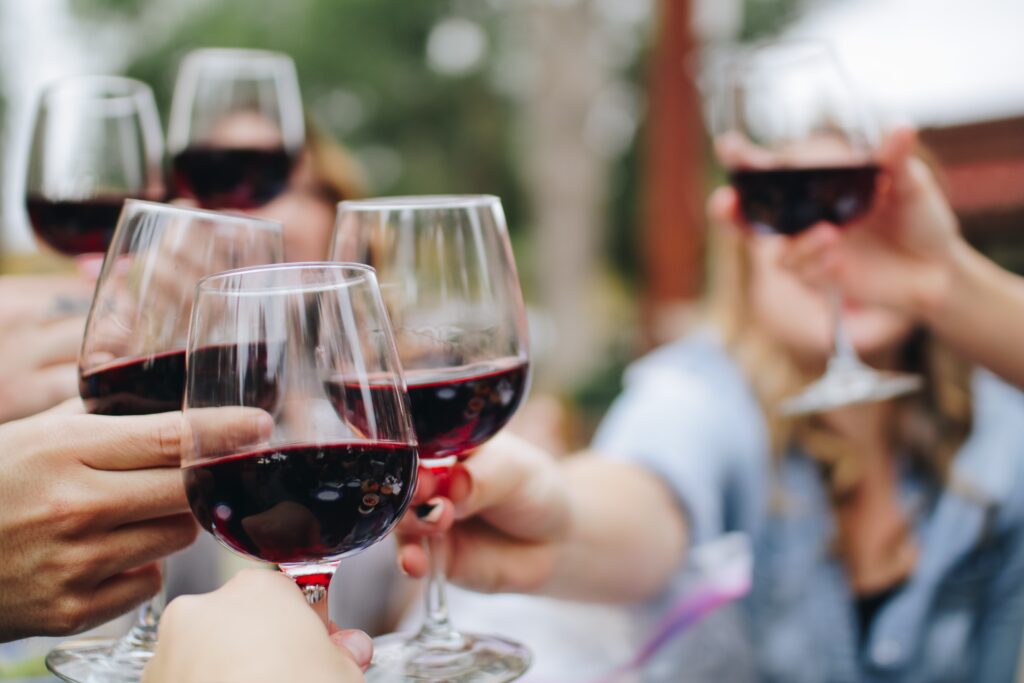
Wine Tasting Tours
Washington offers abundant wine-tasting experiences for visitors to immerse themselves in the flavors and beauty of the state’s wine regions. From guided tours to self-guided adventures, wine enthusiasts can explore a myriad of wineries and tasting rooms, each offering its unique ambiance and selection of wines. The picturesque landscapes and warm hospitality create a memorable and enjoyable wine-tasting experience in Washington.
Special Wine Events and Festivals
Washington hosts several special wine events and festivals annually, showcasing the best of the state’s wine industry. The Taste Washington festival, held annually in Seattle, is a premier event that brings together winemakers, chefs, and wine enthusiasts for a weekend of indulgence and celebration. The Auction of Washington Wines is another notable event that combines wine tastings, live auctions, and culinary experiences, with the proceeds benefiting local charities. These events provide opportunities to connect with winemakers, discover new wines, and celebrate the vibrancy of Washington’s wine culture.
Wine Accommodations and Experiences
For those seeking a fully immersive wine experience, Washington offers a range of accommodations and experiences tailored to wine lovers. From vineyard cottages and wine country inns to winery tours and educational workshops, visitors can delve into winemaking and viticulture. Some wineries even offer the opportunity to participate in grape harvesting and wine blending sessions, allowing guests to gain firsthand knowledge of the winemaking process. These wine-focused accommodations and experiences provide an enriching and educational journey into the heart of Washington’s wine regions.
Sustainable Winemaking in Washington
Adoption of Sustainable Practices
Sustainable winemaking practices have become increasingly important in Washington as wineries strive to minimize their environmental impact and preserve the region’s natural resources. Many wineries have adopted sustainable farming techniques, such as organic and biodynamic farming, prioritizing soil health, biodiversity, and conservation. Water conservation strategies, energy-efficient practices, and waste reduction initiatives are implemented to ensure a greener and more sustainable future for Washington’s wine industry.
Organic and Biodynamic Wines
Several wineries in Washington have embraced organic and biodynamic winemaking practices, furthering their commitment to sustainability and producing wines of exceptional quality. Organic wines are made from grapes grown without synthetic pesticides, herbicides, or fertilizers, while biodynamic wines follow a holistic approach that considers astrological influences, biodiversity, and intuitive farming practices. These wines reflect the natural essence of the vineyard and highlight the harmony between the grapevines and their environment.
Future of Sustainability in Washington Wine Production
The future of sustainability in Washington’s wine production is promising as the industry prioritizes environmental stewardship. Advancements in technology and research are driving the development of innovative solutions for sustainable farming, vineyard management, and winemaking practices. Furthermore, consumer demand for sustainably produced wines is growing, encouraging wineries to further invest in sustainable initiatives. By embracing sustainability, Washington’s wine industry is well-positioned to thrive economically and environmentally in the years to come.
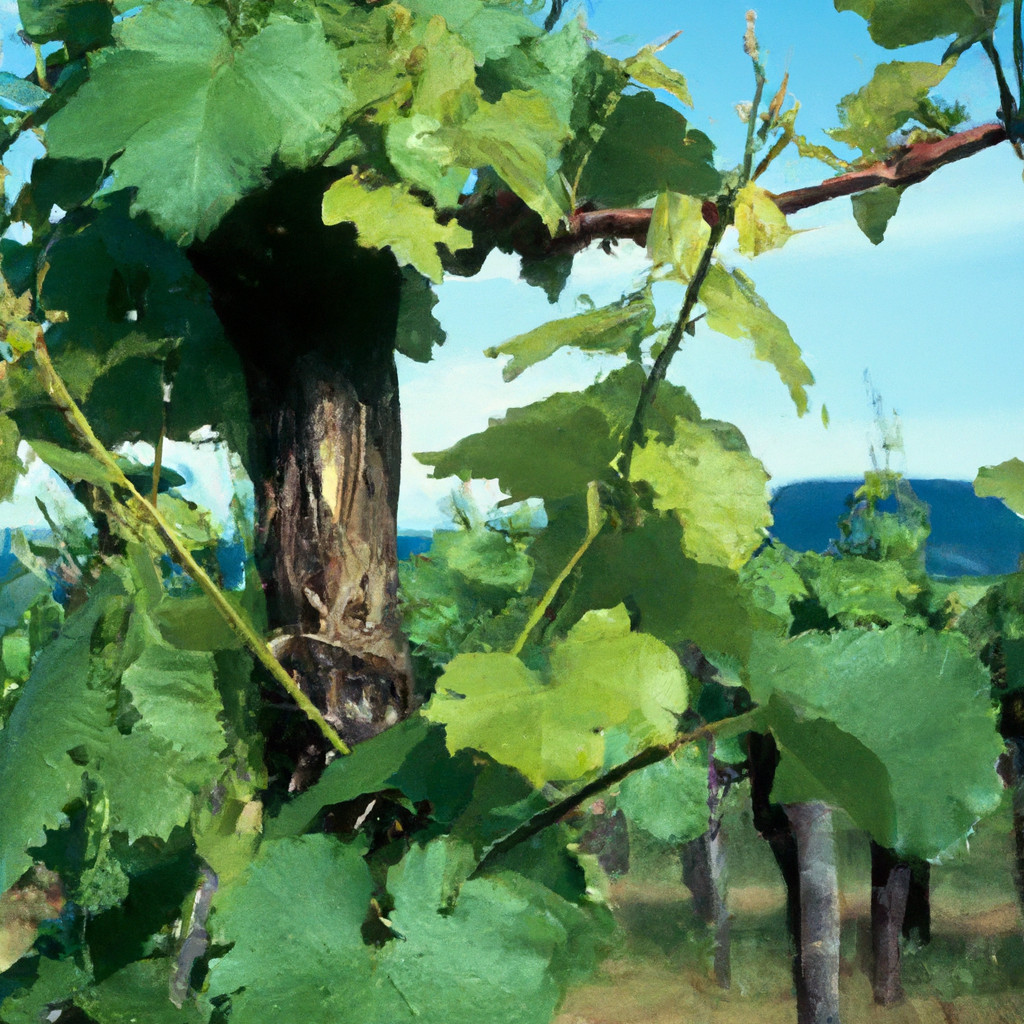
Challenges and Opportunities in Washington’s Wine Regions
Effect of Climate Changes
Like any agricultural industry, Washington’s wine regions face challenges posed by climate change. Rising temperatures, shifting rainfall patterns, and the potential for extreme weather events can impact grape growing conditions and alter the balance of acidity, sugar levels, and phenolic ripeness. However, these challenges also present opportunities for adaptation and innovation as winemakers experiment with new varietals and vineyard management techniques better suited to the changing climate.
Market Competition
As the popularity of Washington wines continues to grow, so does the competition in the market. Winemakers must navigate a competitive landscape and differentiate themselves by focusing on quality, terroir-driven wines and unique offerings. Collaborations between wineries, vineyard owners, and industry professionals can foster creativity and collective growth, ensuring that Washington remains at the forefront of the wine industry.
Expansion Opportunities
Washington’s wine regions still offer ample opportunities for expansion and growth. Emerging wine regions within the state, such as Lake Chelan and Red Mountain, are gaining recognition for their unique terroir and exceptional wines. These regions provide new grape cultivation and winemaking possibilities, allowing for exploring different varietals and styles. Furthermore, developing wine-related infrastructure, such as increased winery facilities, improved transportation, and enhanced tourist accommodations, can further propel the growth and success of Washington’s wine industry.
Future of Washington Wine Regions
Emerging Wine Regions in Washington
The future of Washington’s wine regions will likely see the emergence of new AVAs and the continued exploration of lesser-known areas. Regions like the Rocks District of Milton-Freewater, which straddles the Washington-Oregon border and is known for its unique soil composition, show promise for developing distinctive wines. As winemakers and researchers continue to study the state’s diverse terroirs, exciting opportunities for growth and innovation will arise.
Technological Advancements in Wine Production
Advancements in technology are revolutionizing the wine industry worldwide, and Washington is no exception. From precision viticulture techniques to state-of-the-art winemaking equipment, technology is enhancing and streamlining the processes involved in wine production. These advancements allow winemakers more control over every stage of the winemaking process, resulting in greater consistency and quality in the final product.
Predicted Trends and Developments in the Washington Wine Industry
Several trends and developments will shape the Washington wine industry in the coming years. The demand for sustainable and organic wines will grow as consumers become more conscious of their purchasing choices. Additionally, exploring alternative grape varietals, such as those from the Mediterranean and Central Europe, will expand the diversity of offerings and showcase the versatility of Washington’s wine regions. Furthermore, increased focus on wine tourism will lead to the development of more immersive and interactive experiences for visitors, allowing them to engage with all aspects of the winemaking process.
In conclusion, Washington State has solidified its position as a top wine producer in the United States with its diverse wine regions, exceptional quality wines, and commitment to sustainable winemaking practices. The unique geography, favorable climate, and passionate winemakers have created a flourishing wine industry that continues to captivate wine enthusiasts worldwide. As Washington’s wine regions evolve, new opportunities and challenges will arise, but the future remains bright as the state continues to push the boundaries of winemaking excellence.
